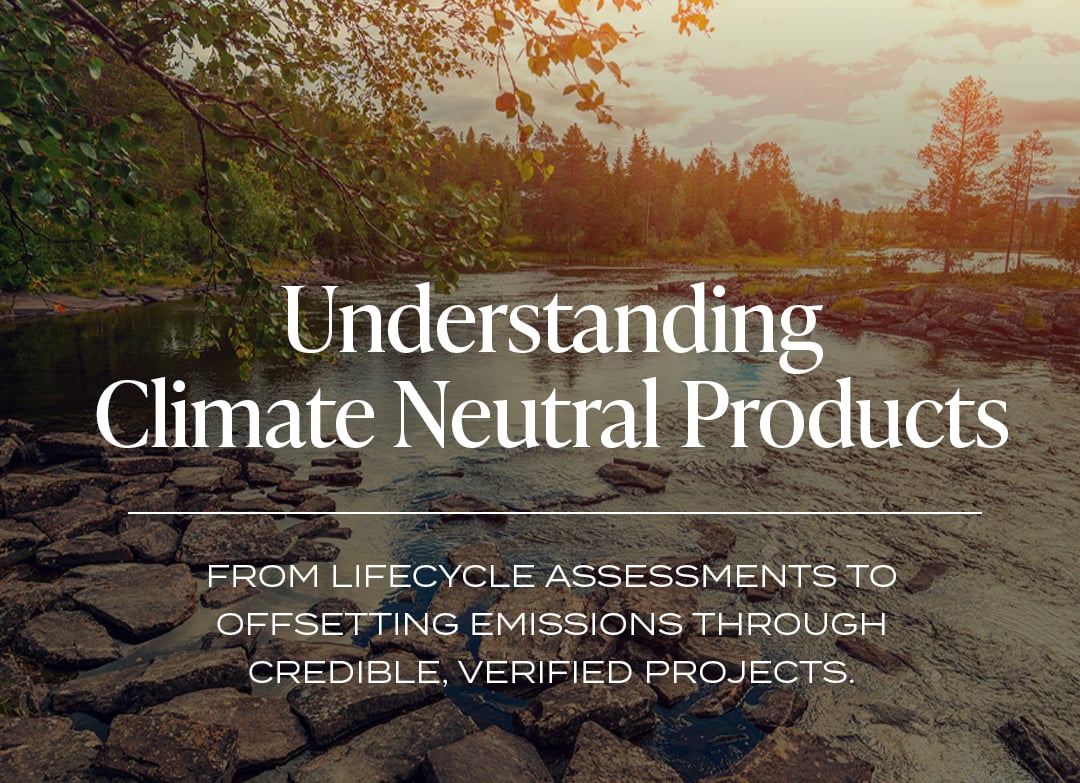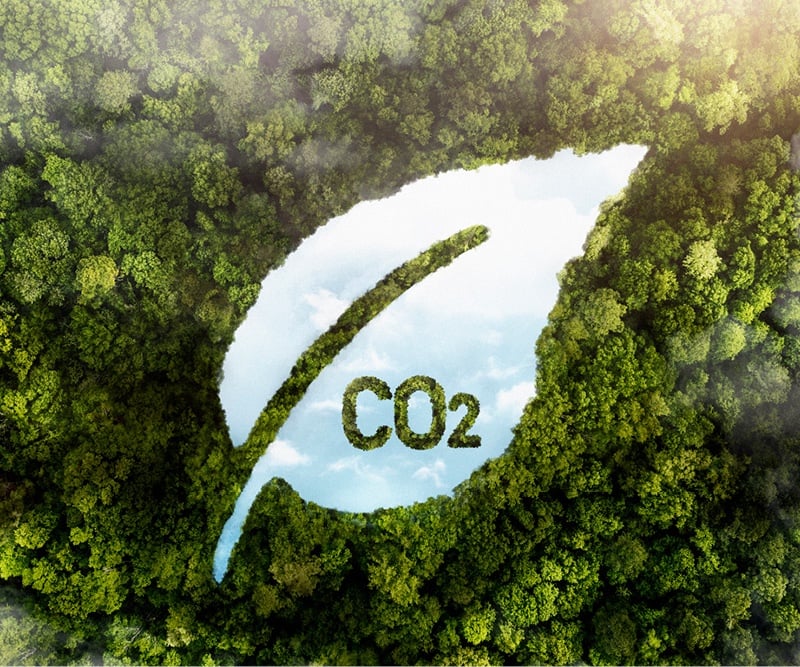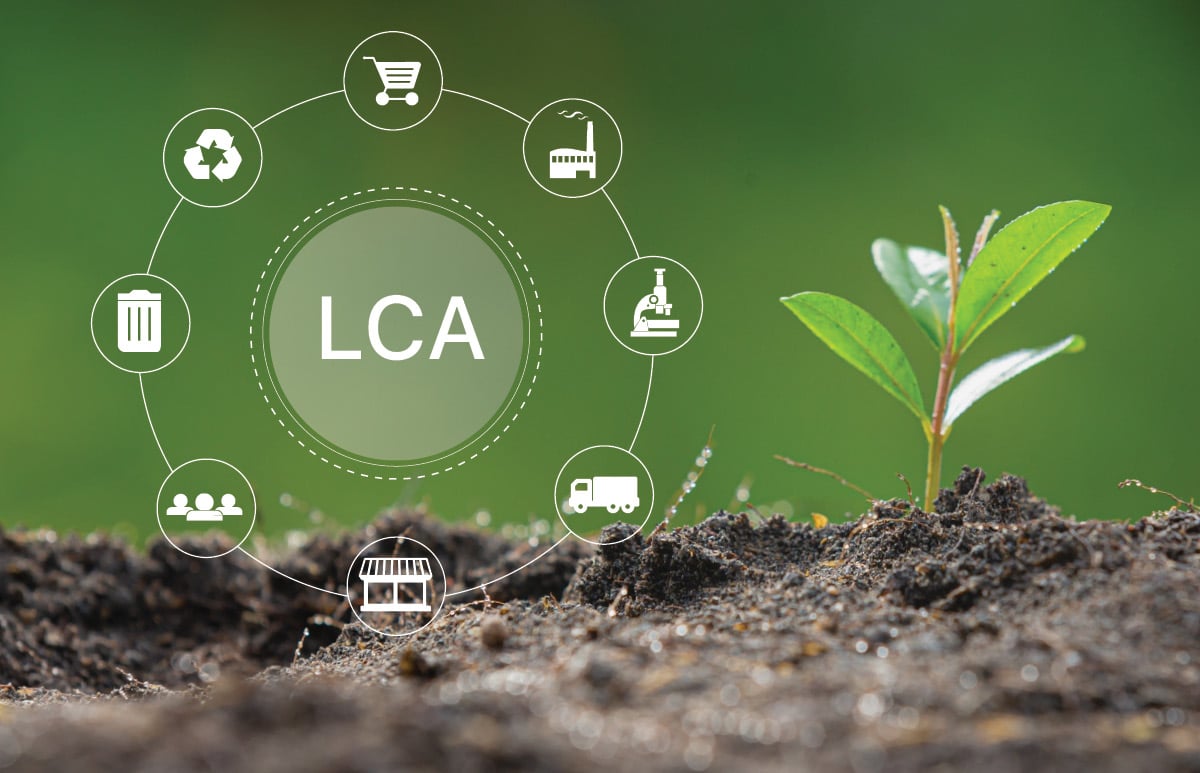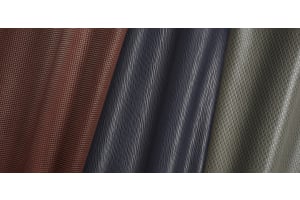What is a Climate Neutral Product?

|
As sustainability becomes a growing priority in our industry, terms like “climate neutral” are gaining more visibility —and scrutiny.
What Does Climate Neutral Mean? Climate neutral means achieving net-zero negative environmental impacts. Climate neutral is more encompassing than accounting for just carbon emissions or greenhouse gas (GHG) emissions. It requires measuring all negative environmental impacts, including greenhouse gas emissions as well as water, electricity and natural gas usage in both the production and transportation of materials. |
 |
|
How is it Achieved? A Climate Neutral Product seal is a major accomplishment that requires a significant investment of time and full transparency. It includes three essential steps. The first step is to thoroughly evaluate the product from cradle to grave. A comprehensive Life Cycle Assessment is completed to measure the overall negative environmental impacts of a product’s life cycle. For leather, that includes all processes from animal breeding, delivering raw materials, tanning, using resources, packaging, transporting and disposing the final product at the end of life. After all the information is reported and measured, it is used to calculate the number of credits required to offset the negative environmental impacts that were disclosed. This is typically done by an independent, third party.
|
 |
|
Are These Projects Credible? There are various internationally recognized standards that issue credits once there has been independent verification that the project has generated the required emissions reductions or removals. For example, Gold Standard is known for stringent criteria ensuring high integrity of carbon offset projects. Projects undergo independent, third-party audits and emission reductions are measured, reported and verified. Credits are listed on a public registry, ensuring transparency and traceability. Gold Standard credits are retired after purchase, meaning they cannot be sold again. |
Have a leather topic you would like us to address as part of our “Ask The Experts” series?
Send your questions to [email protected].








